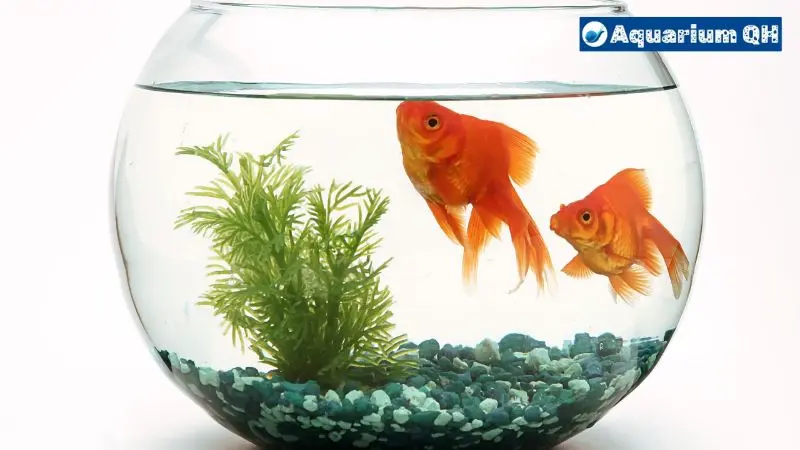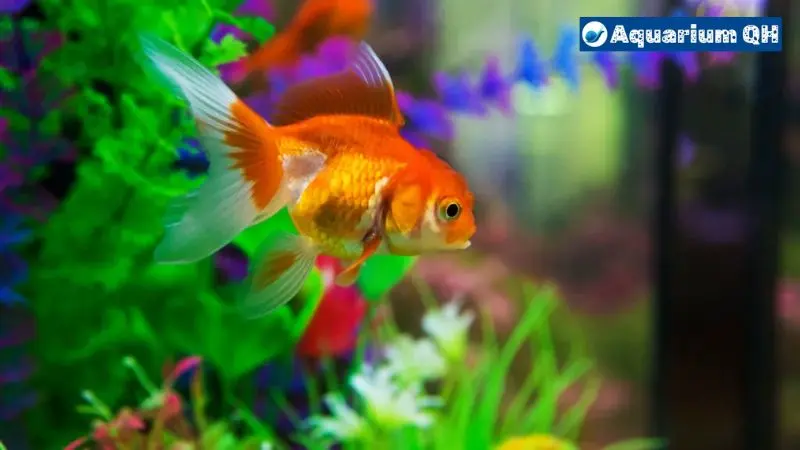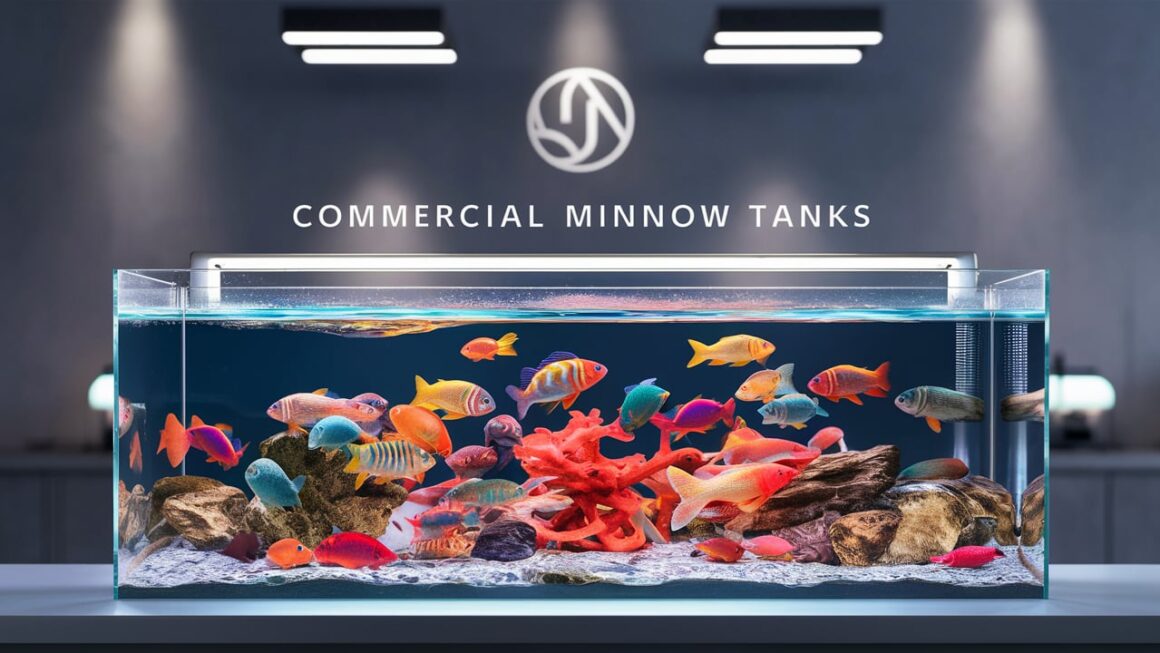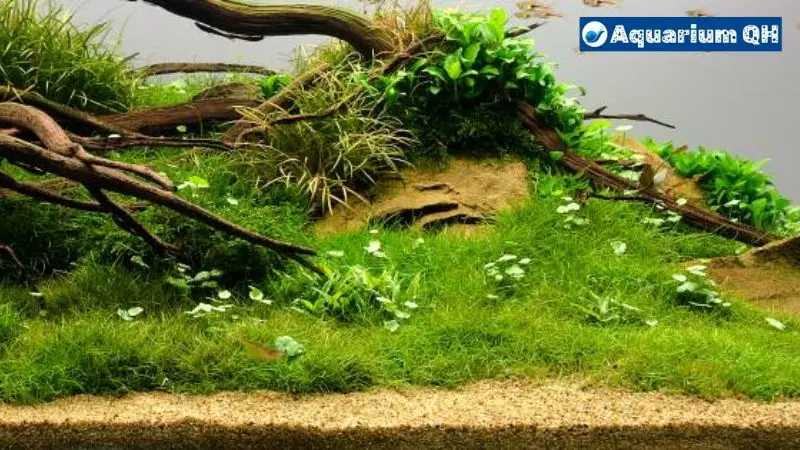Goldfish are among the most popular freshwater aquarium fish worldwide. Their vibrant colors and graceful movements make them a favorite among aquarists. However, there’s often confusion surrounding whether goldfish can thrive in tap water.
In this article, Aquarium‘ll delve into this topic and provide you with all the essential information you need to know about can goldfish live in tap water.
Overview of goldfish habitat requirements

Goldfish are freshwater fish native to East Asia. In their natural habitat, they inhabit slow-moving or still bodies of water like ponds, lakes, and rivers. They require clean water with adequate oxygen levels to thrive.
Understanding tap water
Tap water varies in composition depending on its source and treatment processes. While tap water is generally safe for humans to drink, it may contain elements that could be harmful to fish.
Composition of tap water
Tap water contains essential minerals like calcium, magnesium, and potassium, along with trace elements. However, it may also contain chlorine, chloramines, heavy metals, and other contaminants.
Potential harmful elements in tap water
Chlorine and chloramines are commonly used to disinfect tap water and make it safe for drinking. While these chemicals are harmless to humans at low concentrations, they can be toxic to fish, damaging their delicate gills and causing respiratory distress.
Can goldfish live in tap water?

Goldfish have a remarkable ability to adapt to various water conditions, but their long-term health can be compromised if exposed to certain elements in tap water.
Factors affecting goldfish survival in tap water
The ability of goldfish to tolerate tap water depends on factors such as the presence of chlorine and chloramines, pH levels, temperature, and water hardness. High levels of chlorine or chloramines can stress or even kill goldfish.
Risks associated with using tap water for goldfish
Exposure to chlorine and chloramines can lead to symptoms of distress in goldfish, such as gasping at the water surface, lethargy, loss of appetite, and skin irritation. Prolonged exposure may weaken their immune system, making them more susceptible to diseases.
Preparing tap water for goldfish
To make tap water safe for goldfish, it’s essential to use water conditioning methods that neutralize harmful chemicals and optimize water parameters.
Water conditioning methods
Water conditioners are products specifically designed to remove chlorine, chloramines, and heavy metals from tap water. They also contain ingredients that promote the production of beneficial bacteria and help detoxify ammonia and nitrites.
Testing tap water for safety
Regular testing of tap water parameters, including pH, ammonia, nitrite, and nitrate levels, is crucial for maintaining a healthy aquatic environment for goldfish. Test kits are readily available at pet stores and online retailers.
Alternatives to tap water for goldfish
While tap water can be made suitable for goldfish with proper treatment, some aquarists prefer to use alternative water sources to avoid potential risks.
Filtered water options
Filtered water from reverse osmosis (RO) or deionization (DI) systems is free from contaminants and provides a blank canvas for creating optimal water conditions for goldfish.
Bottled water considerations
Some aquarists opt to use bottled spring water or purified water for their goldfish tanks. However, it’s essential to ensure that the bottled water does not contain any additives or minerals that could harm the fish.
Tips for maintaining a healthy environment

Regardless of the water source used, maintaining a healthy environment is crucial for the well-being of goldfish.
Regular water changes
Frequent water changes, typically 20-30% of the tank volume every 1-2 weeks, help remove accumulated waste and replenish essential nutrients in the water.
Monitoring water quality
Regularly testing water parameters and keeping an eye on the behavior and appearance of goldfish can help detect any issues early on and take corrective measures promptly.
Conclusion
In conclusion, while goldfish can adapt to living in tap water to some extent, it’s essential to take steps to ensure that the water is safe and suitable for their long-term health and well-being. By understanding the potential risks associated with tap water and implementing proper water conditioning methods, aquarists can create a thriving aquatic environment for their goldfish.
FAQs
- Can I put my goldfish in tap water directly? It’s not recommended to put goldfish directly into untreated tap water due to the presence of chlorine and chloramines, which can harm the fish
- How long should I let tap water sit before adding goldfish? Allowing tap water to sit for at least 24 hours can help dissipate chlorine, but using a water conditioner is still recommended for complete removal of harmful chemicals.
- Can goldfish survive in well water? Goldfish can thrive in well water as long as it’s free from contaminants and has suitable water parameters.
- Do goldfish prefer soft or hard water? Goldfish are adaptable to a wide range of water hardness levels, but stable water parameters are more important than specific hardness levels.
- Can I use rainwater for my goldfish tank? Rainwater can be used for goldfish tanks, but it should be collected from a clean source and filtered to remove any pollutants before use.




